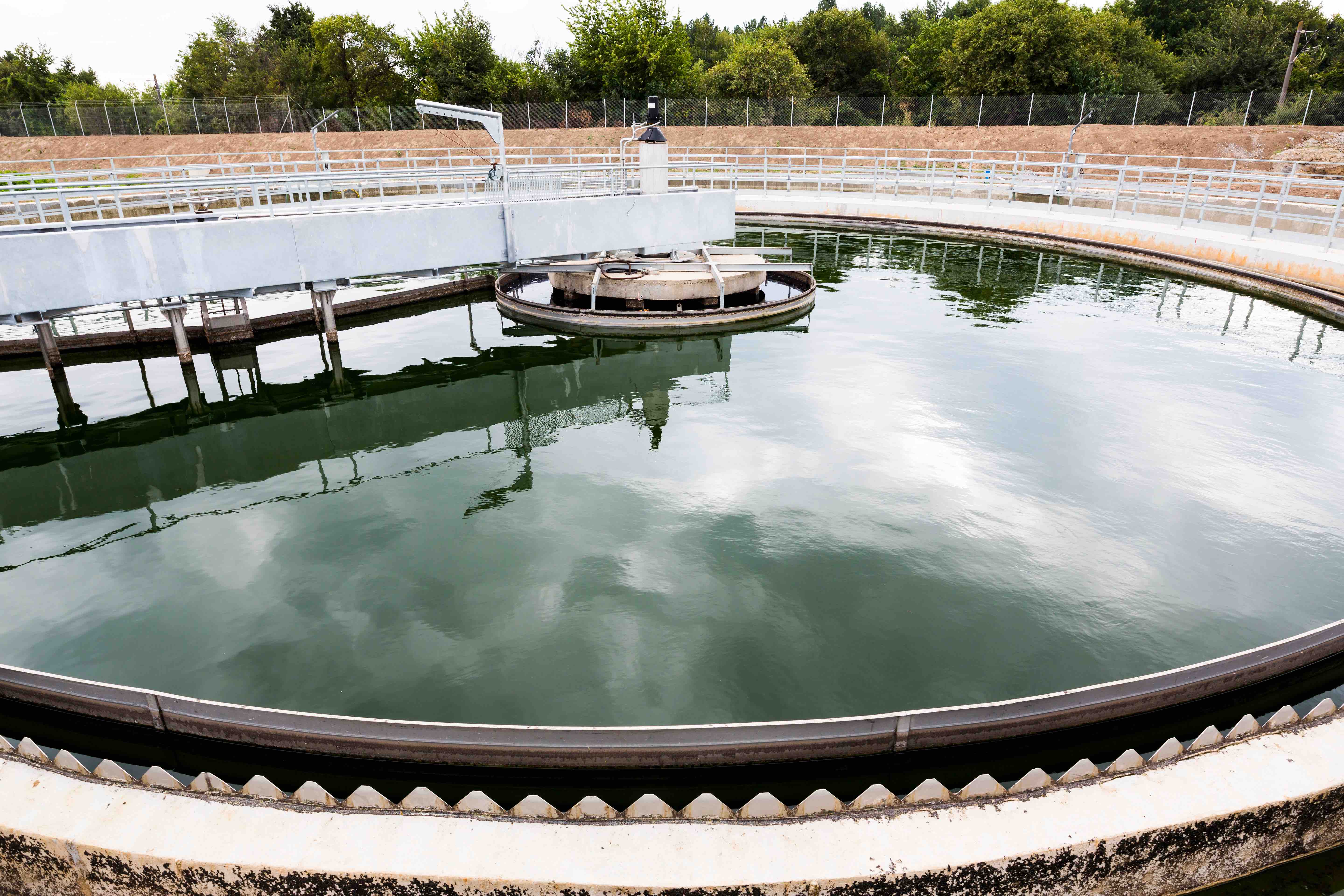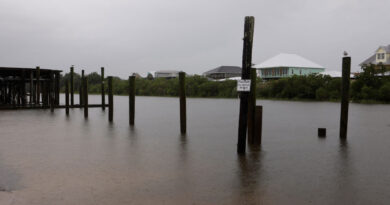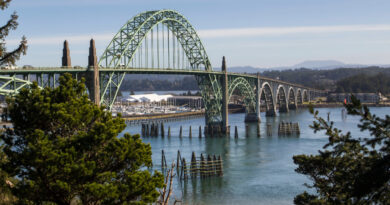The Birth of the Emergency Firefighting Water System
After the devastating San Francisco earthquake on April 18, 1906, when firestorms raged for days across the newly established city, city hall leaders were determined to keep the widespread devastation from happening again. Their plan: create a resilient, standalone firefighting system that not only would survive a major earthquake, but also would function in its aftermath to deliver precious water to halt the expected conflagrations. The result: the birth of San Francisco’s Auxiliary Water Supply System, now known as the Emergency Firefighting Water System.
The Emergency Firefighting Water System is used as the secondary defense against larger fires, including those that may break out after a large earthquake when the domestic water system may be damaged. If that were to happen, there may be no or insufficient water from the domestic water system available to battle the flames. The Emergency Firefighting Water System serves as the alternative water source vital to extinguishing larger fires.
This auxiliary system, built to withstand major earthquakes, is supplied from a 10.5 million-gallon reservoir in the central San Francisco Twin Peaks neighborhood. It can provide 332 PSI at The Embarcadero along the waterfront some 5 miles away to supply the 1,260 dedicated high-pressure hydrants. Two pump stations can pump Bay saltwater into the piping network should the Twin Peaks reservoir be drained.
The current system includes 135 miles of pipe and 154 cisterns. The use of fireboats is critical to the City’s firefighting strategy, by allowing fireboats to pump saltwater into the emergency water system for use in fighting fires.
In the 1930s, five cast iron fireboat manifolds, each with 10 3-in. hose inlets, were strategically located around the Bay side of the city as part of the auxiliary system. With the newest fireboat being able to pump through 5-in. hoses, it was decided that an upgraded manifold was needed for replacement and future installations. The pilot manifold was installed on Treasure Island in 2023. Treasure Island, a formal U.S. Naval Station that operated from 1942 to 1997, is located in San Francisco Bay and is part of the city and county of San Francisco. Today, the island is home to an emerging mixed-use development with a plan to build 8,000 new homes there, making fire safety a critical consideration.
The new fireboat manifold is a key component of the Emergency Firefighting Water System. The manifold was designed by San Francisco Public Works in collaboration with the San Francisco Fire Department and San Francisco Public Utilities Commission, which operates the water department. A consultant performed a finite element analysis of the manifold prior to fabrication. This new manifold includes six 5-in. hose inlets, a 20-in. discharge outlet, two 5-in. outlets for a portable hose system, and two 3½-in. outlets to supply hoses similar to a high-pressure hydrant.
The manifold body is cast from three ductile iron castings with 300-lb. flanges. Wafer check and butterfly valves are used for the hose inlets and outlets, respectively. The manifold is currently cast and machined by Olympic Foundry of Seattle. The fireboat manifold project is just one of many to shore up infrastructure resilience under the San Francisco Earthquake Safety and Emergency Response Bond Program that aims to strategically address critical public safety needs. The program, which has been funded in phases through a series of three bond measures approved by local voters in 2010, 2014 and 2020, identifies seismic improvements and upgrades to city-owned facilities that are needed to help safeguard San Francisco.
If the city’s emergency firefighting water system and other fire services infrastructure fail to perform after an earthquake, the damage from fire may account for as much as 80% of total earthquake losses, which is what happened in the 1906 disaster. Fire damage of this magnitude would severely damage the regional economy and San Francisco’s capacity to recover quickly.
In addition to upgrading and expanding the Emergency Firefighting Water System, projects have included renovated police stations, a new Medical Examiner facility, a new Public Safety Building and new and renovated fire stations.A showcase project is the new floating fire station, which was completed in 2022. Fireboat Station No. 35 at Pier 22½ along San Francisco’s historic waterfront, is a two-story, 14,837-sq.-ft. facility built atop a steal float anchored by four 48-in. diameter piles. This allows the new fireboat station to rise and fall with the natural tide of the Bay, king tides and projected sea level rise.
Michael B. Smith is a licensed mechanical engineer who has worked at San Francisco Public Works for over three decades.




